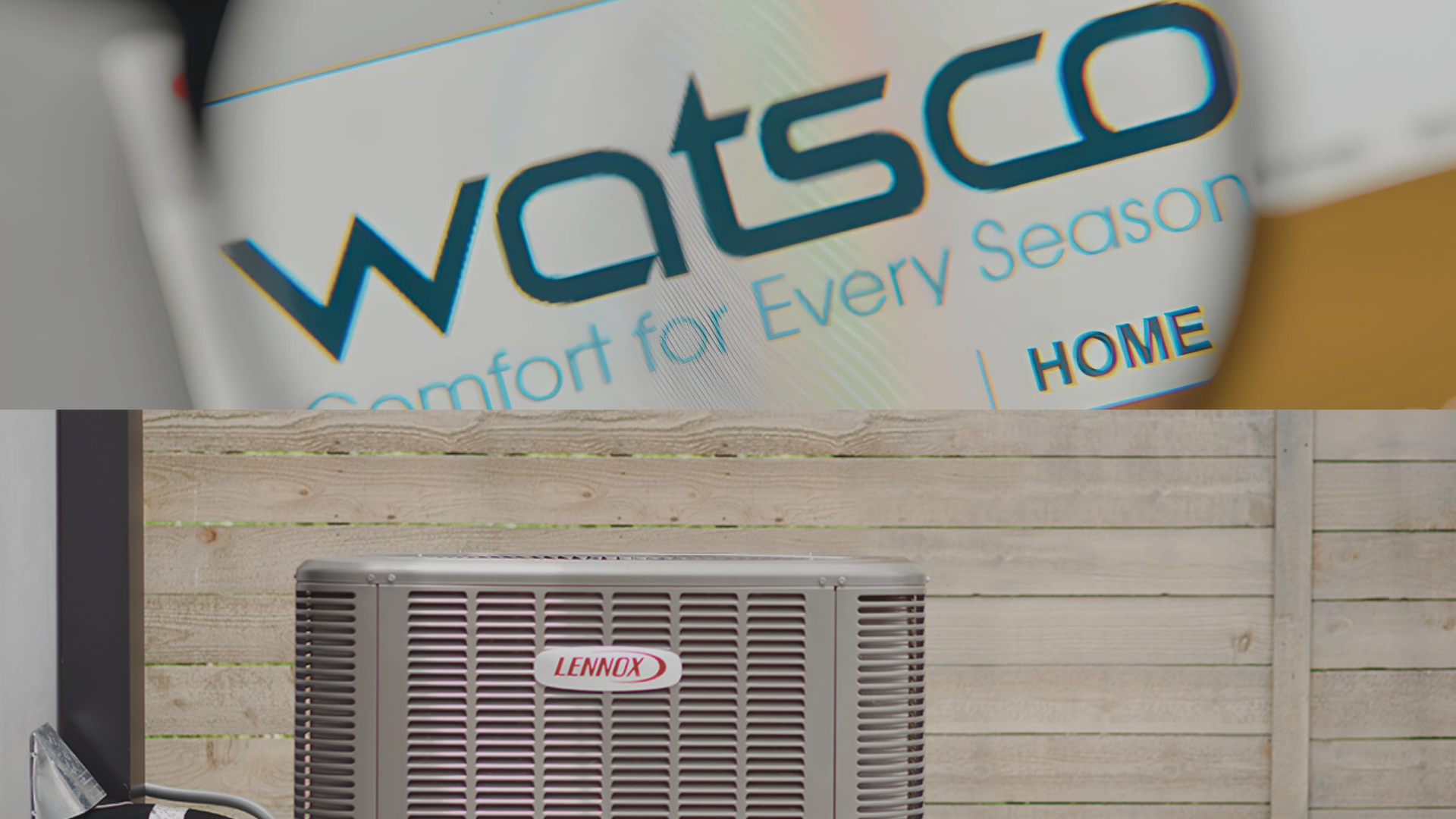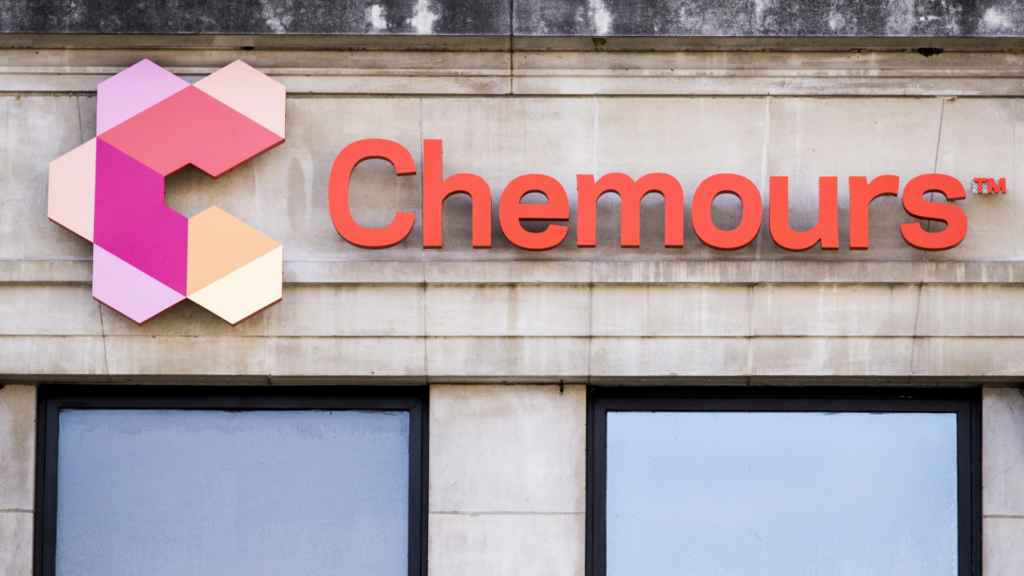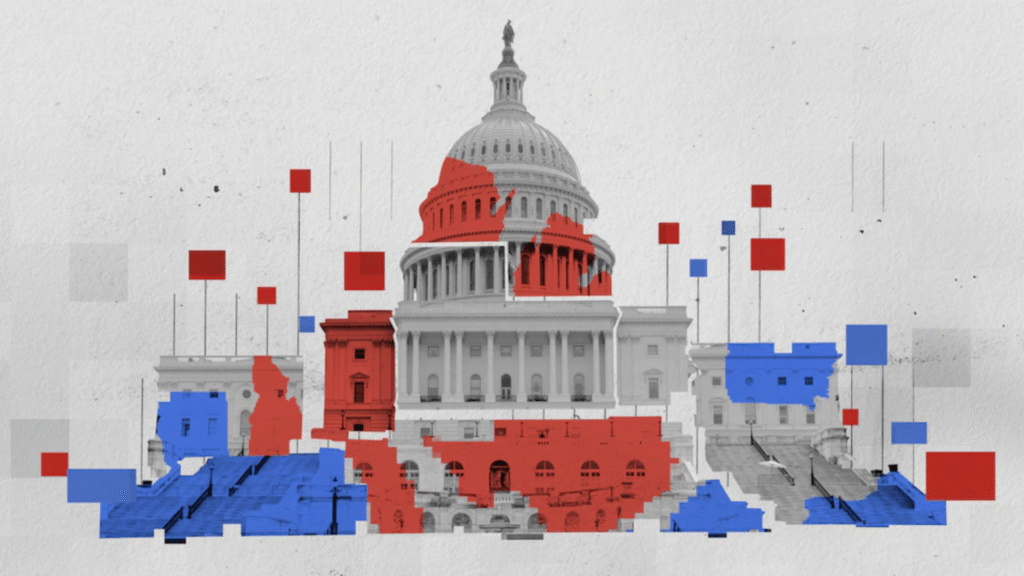Lennox, Watsco CEOs: A2L sales accelerating, R-454B issues temporary
Both companies reported Q1 earnings this week, with their CEOs commenting on A2L sales, R-454B issues, tariffs, and consumer trends

Image: Watsco, Lennox
Lennox and Watsco this week reported Q1 earnings, with both companies’ CEOs offering perspectives on what’s happening in the market.
Why it matters: A flurry of activity has swept across the industry since January and February, the companies’ last earnings calls, including a variety of tariffs taking effect and growing challenges with obtaining R-454B.
What’s happening: Sales of A2L products are accelerating, with R-454B equipment representing roughly 50 percent of Lennox’s sales during the quarter, and 25 percent of Watsco’s.
- Lennox CEO Alok Maskara noted the company’s R-410A inventory is “nearly depleted,” with Watsco CEO Albert Nahmad adding that they expect to be out by the end of June.
- Zoom in: “If I look at the last two weeks… probably over 60 percent of what we’re selling is for 454B products, so the ramp up is happening pretty quickly,” Nahmad said.
Pass the refrigerant: Both CEOs believe the R-454B issues stem primarily from a shortage of cylinders, not the refrigerant itself, and that they should blow over.
- “As far as the containers… there’s been a shortage,” said Nahmad. “We’ve been on allocation. Everybody in the industry is on allocation right now. Is it going to impact us longer-term? No, it’s not.”
- “I don’t think it fundamentally changes the demand profile, nor does it change anything else in the long term,” Maskara added. “I expect the industry to be normal by the time we are talking again at the end of Q2.”
What to watch: “On the other side, we’re starting to see allocations forming around R-32,” Nahmad said. “[W]e saw a material price increase on the R-32 that we buy. The price spread between the two products now has narrowed to a little over $3 a pound.”
On the T-word: When asked about the impact of tariffs, Maskara emphasized that Lennox has limited direct exposure.
- “Approximately 90 percent of our cost structure is in North America,” he explained, which includes currently-exempt Mexican products.
- “This spend is not directly impacted by tariffs, but faces indirect tariff impacts, including the price of commodities such as steel and aluminum,” he added.
- “Approximately 10 percent of our spend faces the direct impact of tariffs, and about half of that spend is from China.”
Between the lines: Maskara added that Lennox is “actively pursuing” long-term mitigation strategies, given the situation’s volatility, including shifting production and “leveraging more U.S.-based components.”
- Of note: “Anything we cannot mitigate through these measures is being offset by pricing adjustments or surcharges,” he stated.
Regarding the million-dollar consumer question, neither company has seen a mass shift in preference toward repairs over replacements.
- “[C]onsumer confidence and mortgage interest rates continue to influence homeowner decisions, particularly around new home construction and large renovation projects,” Maskara observed.
- But, but, but: “Our replacement demand has remained relatively stable, and to date we have not observed any adverse trends in the repair versus replace trade-off,” he continued.
- Notably, Nahmad suggested a third possibility: “I think we’re going to see a lot of replacement. And I also think we’re going to see a lot of repair.”
What’s next: Carrier and Trane are set to report earnings next week, likely providing additional perspective on what’s happening.
📬 Get our stories in your inbox
Keep reading
Chemours ‘pulling out all stops’ amid R-454B issues, CEO says
Stronger-than-anticipated demand for R-454B has put pressure on the supply chain, according to CEO Denise Dignam
Buy Now, Pay Later enters the HVAC chat
November 20, 2023
House members clash over bill that would nix HVAC tax credits
U.S. House members are pushing back against their colleagues over Monday's tax bill, which would sunset two consumer-facing HVAC tax credits


